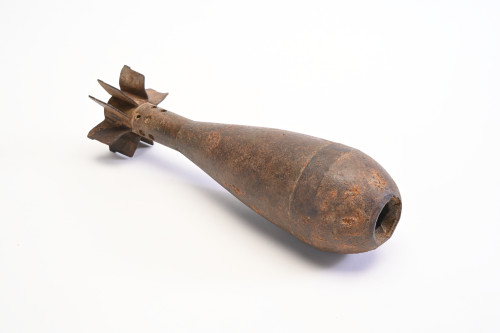Gallery 1 - Military Presence under Successive Dynasties
This is a chronicle of Hong Kong's coastal defence installations during successive dynasties in China. It looks at Tuen Mun's role in defence from the Tang Dynasty onward, the southern retreat of the boy emperors of the Song Dynasty, the military presence during the Yuan Dynasty, and some of the coastal defence fortifications in the Hong Kong area in the Ming and Qing Dynasties.
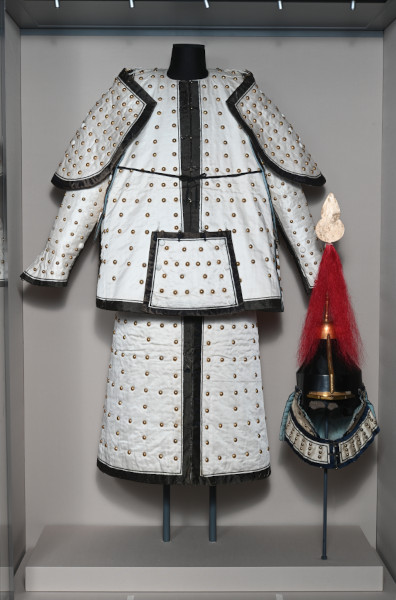
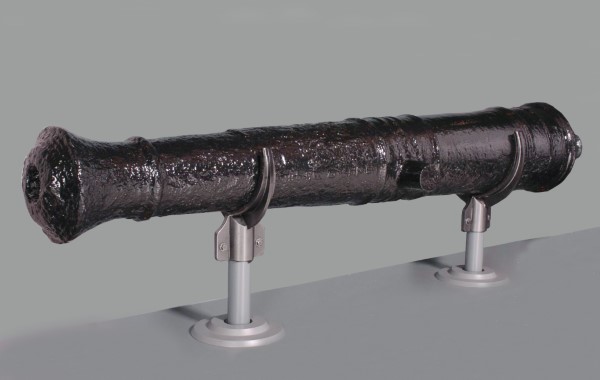
Gallery 2 - Unequal Treaties and the Cession of Hong Kong
We will take you on a journey through Hong Kong during the 19th century in the context of foreign powers' invasion of China. Through the waging of wars, the British took control of ‘Hong Kong' as we know it today in three phases: Hong Kong Island, Kowloon Peninsula and Stonecutters Island, and the New Territories.
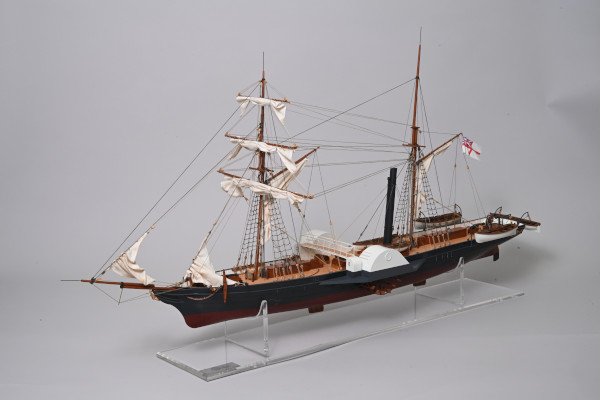

Gallery 3 - Military Arrangements
This gallery tells the story of how the British fortified Hong Kong for more than a century. The narrative is divided into several parts: military establishments in the 1840s and 1850s, Hong Kong's significance in defending British interests in the Far East, changes in coastal batteries at the turn of the 19th and 20th centuries, British preparations for war with Japan, and arrangements after the Second World War to strengthen Hong Kong's defence.
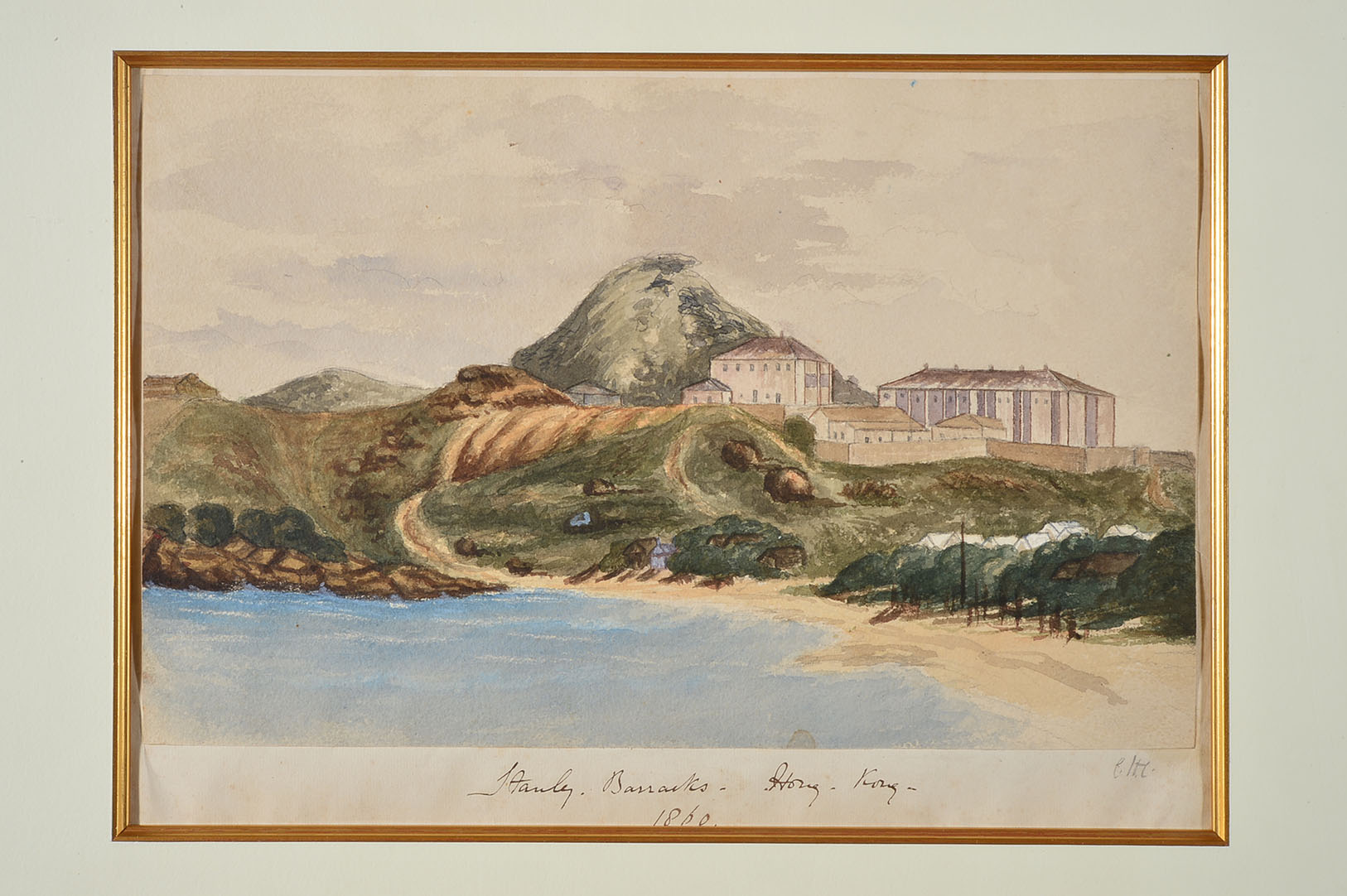

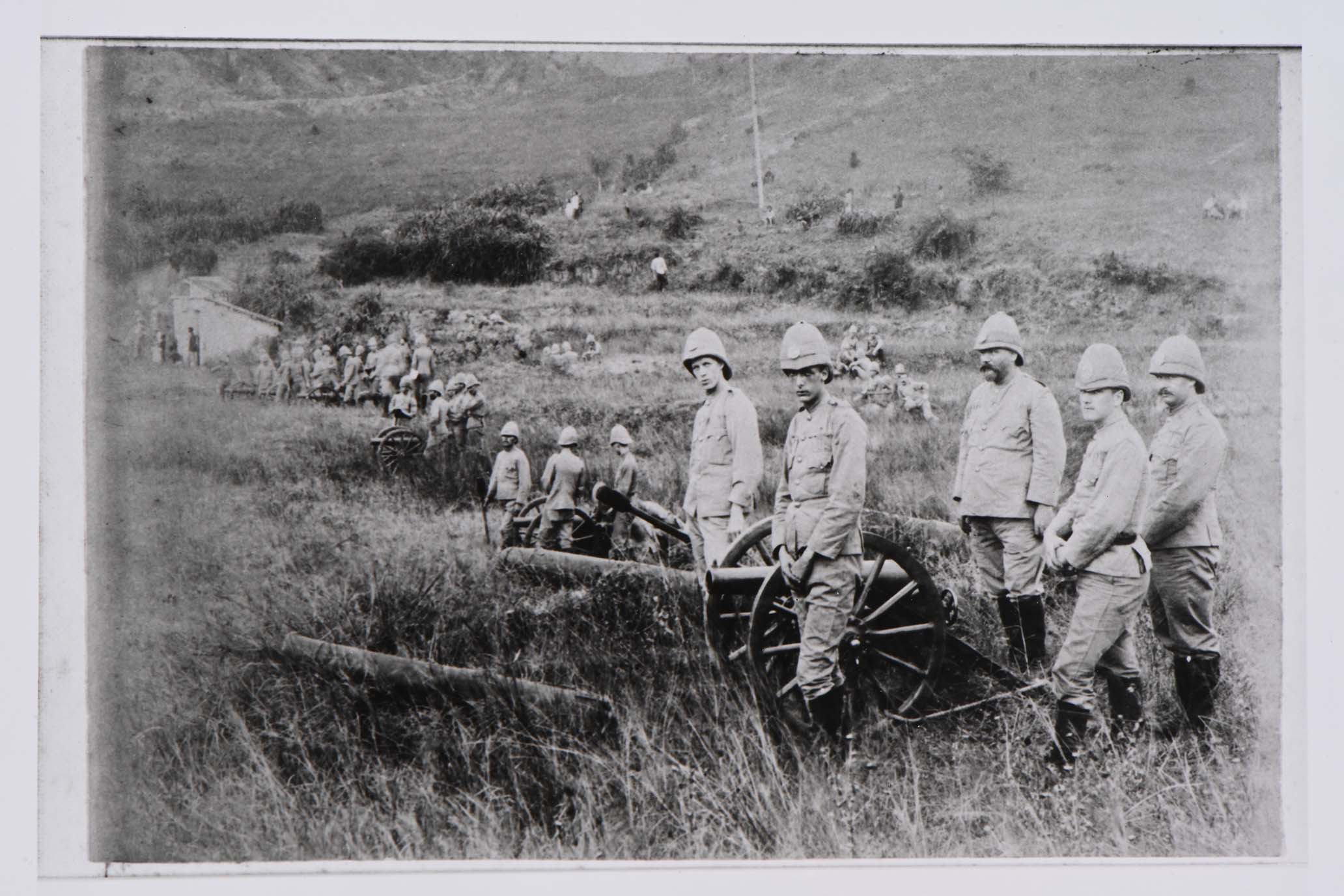
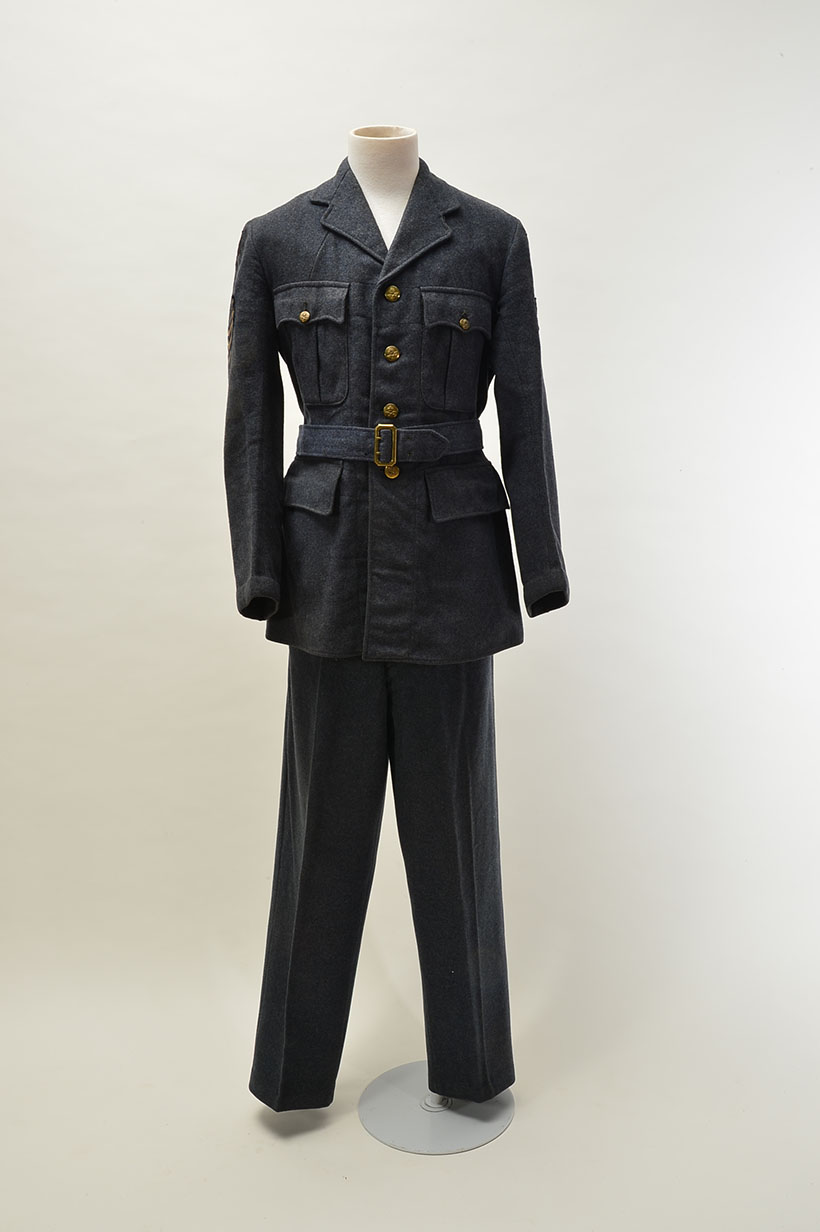
Gallery 4 - Port Facilities
Hong Kong is located at the Pearl River estuary and along the passage to the East and South China Seas. Britain coveted Hong Kong for its strategic value in naval warfare and transformed Hong Kong into a naval base. This gallery narrates the relevant historical background, the hospital ships and receiving ships that were at anchor in Victoria Harbour for a long period, the dockyards for provisioning and refitting naval ships, and selected examples of famous naval ships that called at Hong Kong.
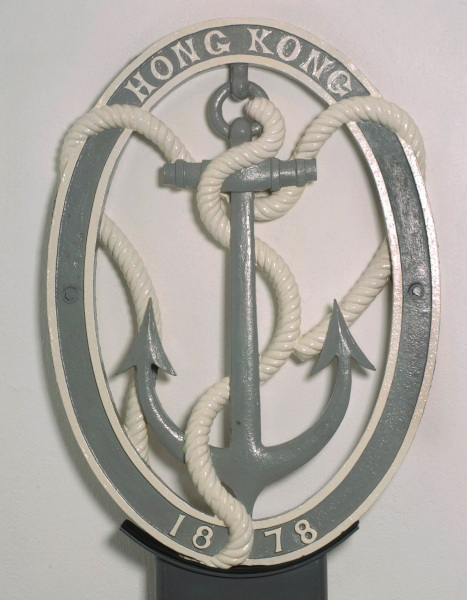
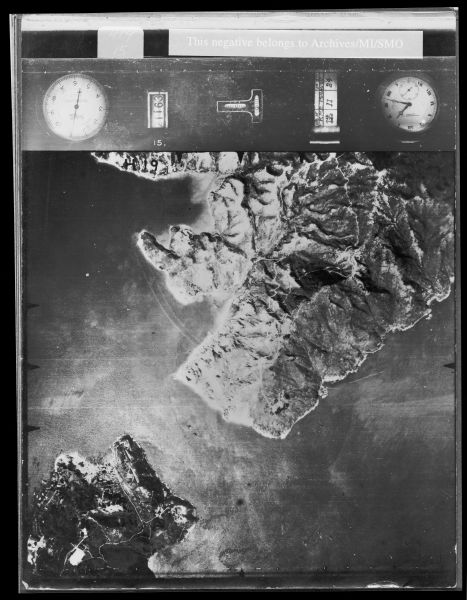
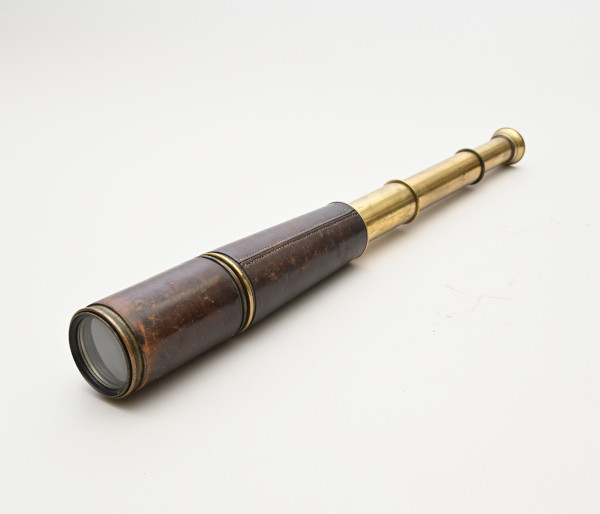
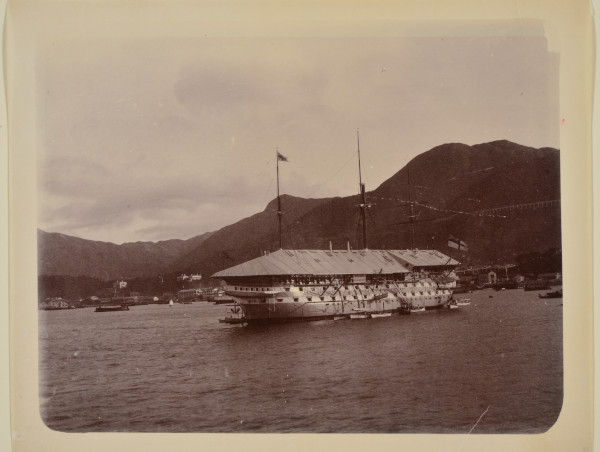
Gallery 6 - Multi-Ethnic Soldiers
This is an account of a bygone era when the Hong Kong garrison embraced a diversity of races: British, Chinese, Indian and Nepalese, etc. Drawing on a collection of military artefacts, along with archival records and personal tales, the gallery tells the story of a multifarious army that is now reminiscent of a past age.
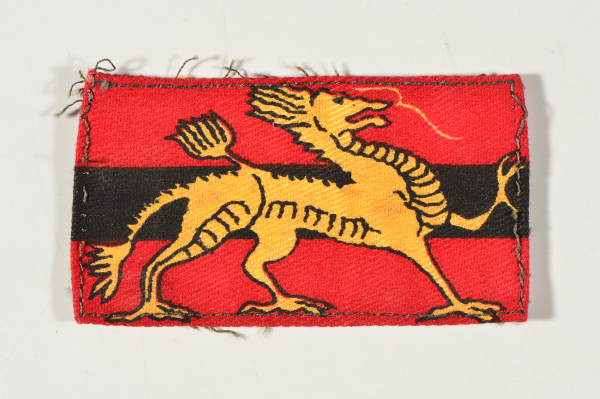


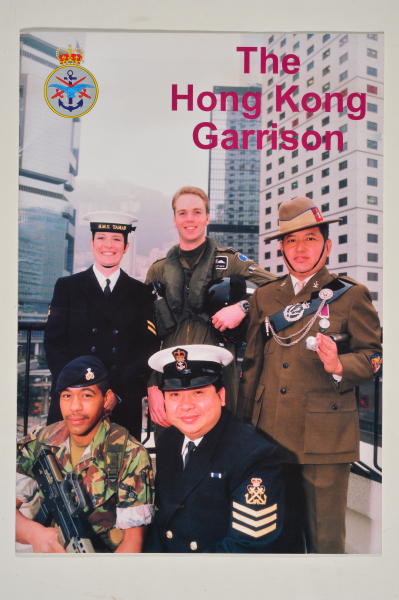
Gallery 7 - Narrative of the War of Resistance
The September 18 Incident in 1931 lifted the curtain on China's war of Resistance against Japanese Aggression. The residents of Hong Kong supported the resistance efforts in various ways. The Hong Kong and Kowloon Independent Brigade of the East River Column fiercely resisted the aggressors, and China eventually won the war. This gallery narrates the history of Japan's aggression against China and Hong Kong's participation in the War of Resistance, paying tribute to the heroes who died in the war.
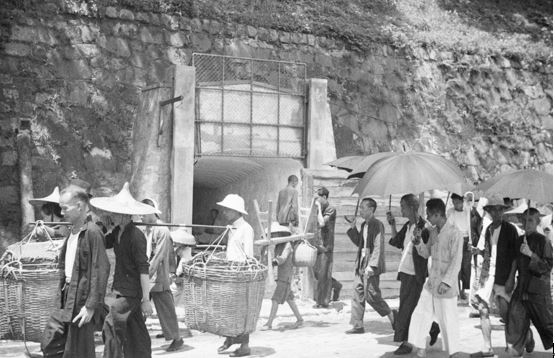

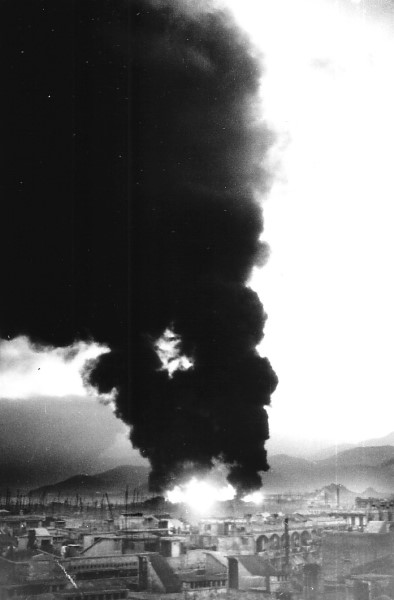
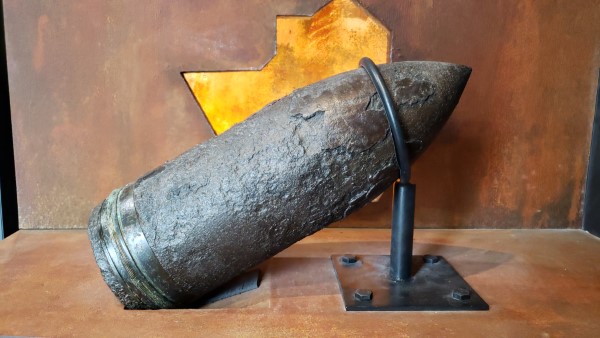
Gallery 8 - Join Hands to Resist Japanese Invasion
From the early 1930s, the Japanese militarists expanded their aggression in China, and waged a full-scale war in 1937. After the fall of Guangzhou in 1938, Hong Kong was also under the threat of a Japanese invasion. In 1939, war broke out in Europe. Before the fall of Hong Kong in December 1941, Hong Kong contributed a lot to the war effort.
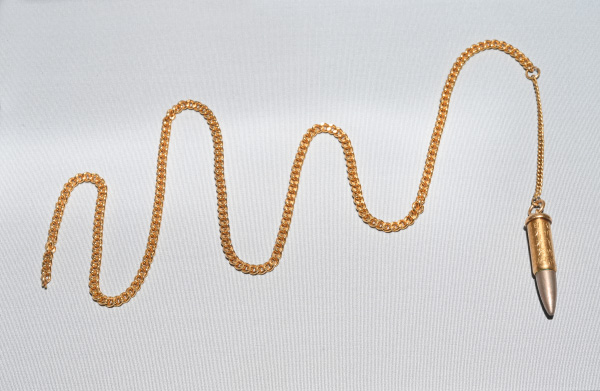
On Loan from Mr Andrew Chan
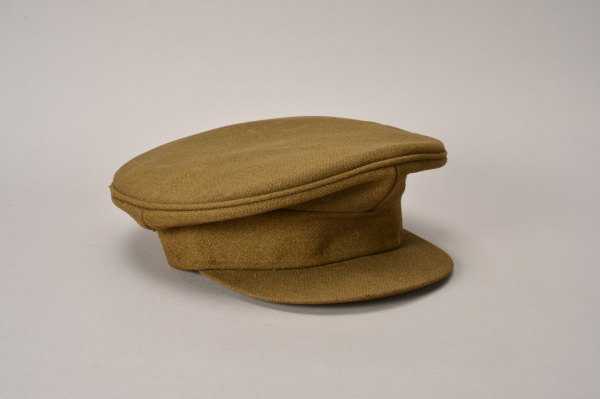
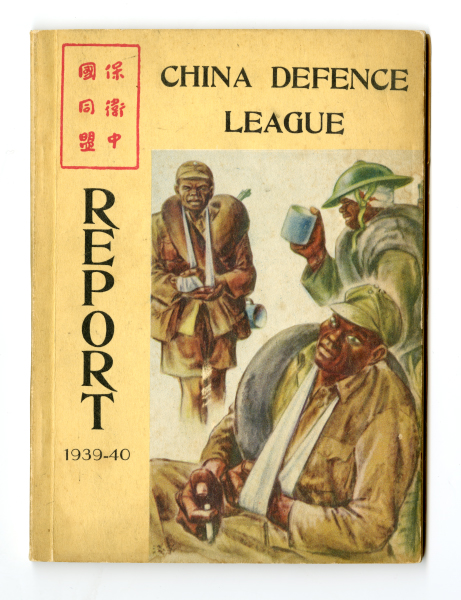
Gallery 9 - Japanese Invasion of Hong Kong
This gallery offers an account of Hong Kong’s preparations for war before the Eighteen-Day Battle in 1941, the course of the battle, and the experience of the prisoners of war.
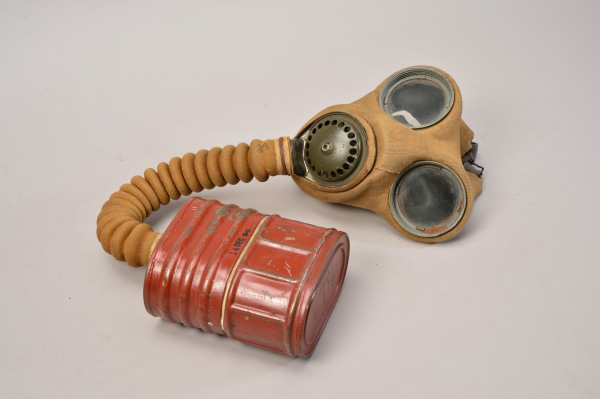
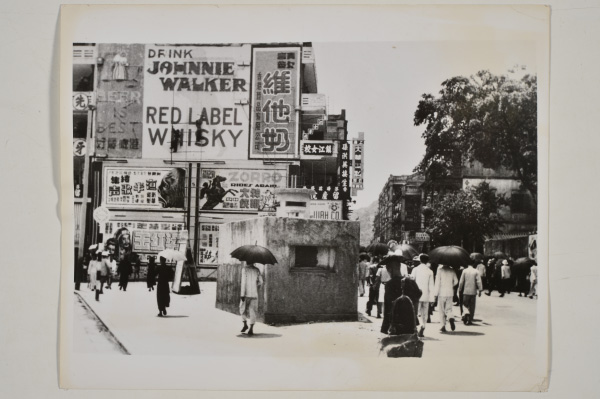
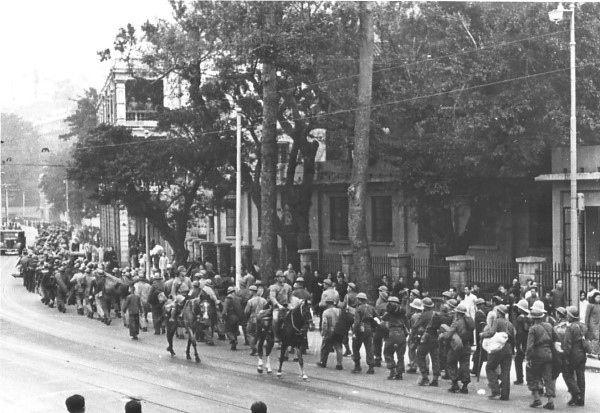
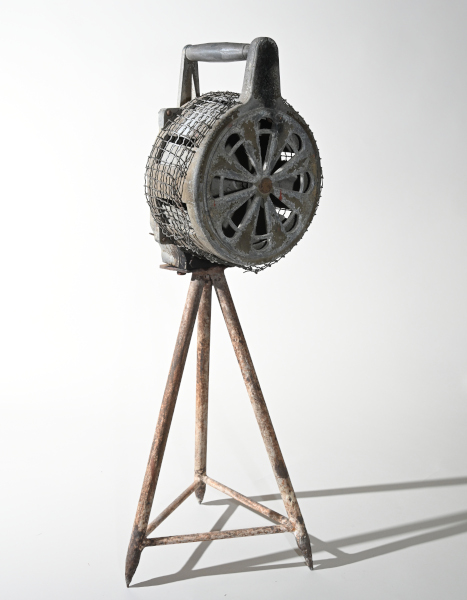
Gallery 10 - Anti-Japanese Guerrillas behind Enemy Lines
This gallery depicts the underground resistance in Hong Kong during the Japanese occupation and the allied counterattack. It provides a deeper understanding of Hong Kong as a backstage battlefield.

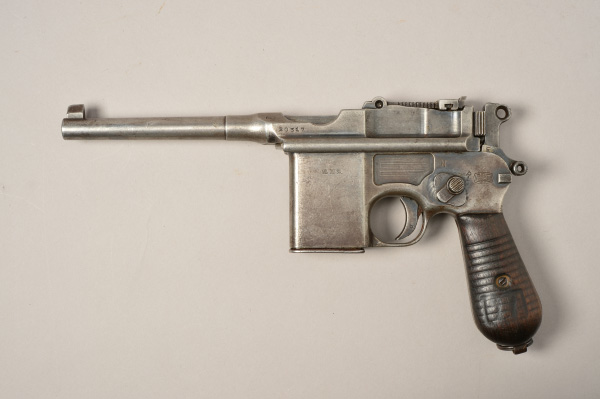
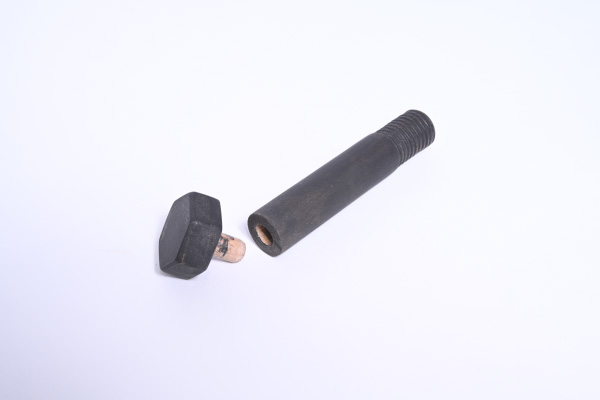
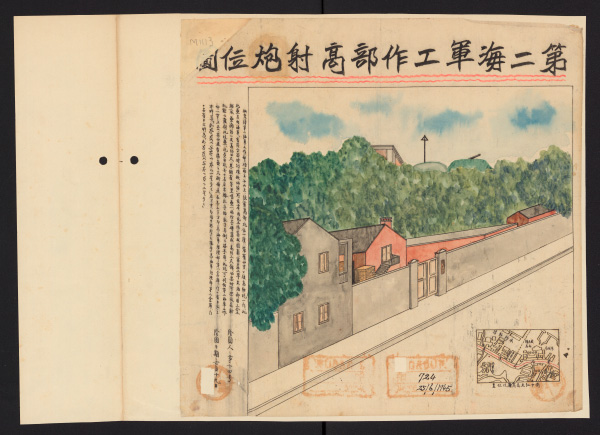
This drawing shows a Japanese anti-aircraft battery in Hong Kong.
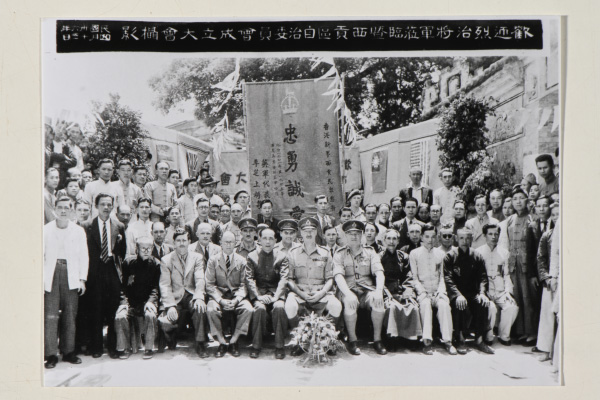
Gallery 11 - The Chinese People's Liberation Army Hong Kong Garrison
This gallery is on the Chinese People's Liberation Army Hong Kong Garrison (Hong Kong Garrison). Since July 1997, the Hong Kong Garrison has taken over the military facilities from the British forces and became the garrison of Hong Kong.
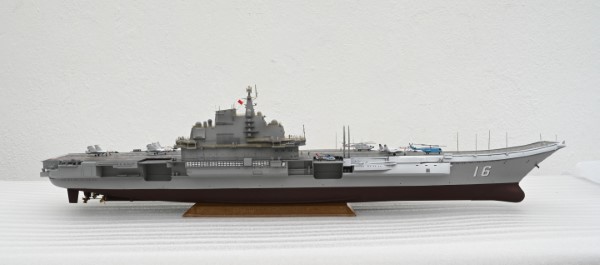
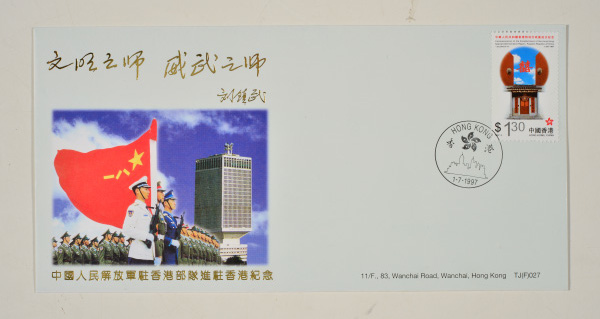

Upper Gallery - Coastal Defence in Guangdong and Hong Kong during the Ming and Qing Dynasties
Hong Kong, surrounded by the sea on three sides and located on the eastern side of the Pearl River Estuary, held a strategic geographical position, making it an essential part of Guangdong's coastal defence system. Consequently, both the Ming and Qing governments established numerous coastal defence structures in the Guangdong – Hong Kong region and dispatched warships to patrol the area so as to prevent pirate invasions and threats from foreign powers.


Lyemun Fort Gallery
This gallery unveils the story of this unique coastal fort dating back to its establishment in 1887 at Lyemun Pass. This display highlights why Lyemun was selected as the site for a fort, the military facilities in and around the area, the life of the soldiers who were stationed here, what happened to the fort during the war in 1941 and in the decades following the war. The fort has been conserved as the Hong Kong Museum of the War of Resistance and Coastal Defence.
